The Short-Lived Rebellion: Independent 250 Gave NASCAR's Little Guys a Chance in 1973
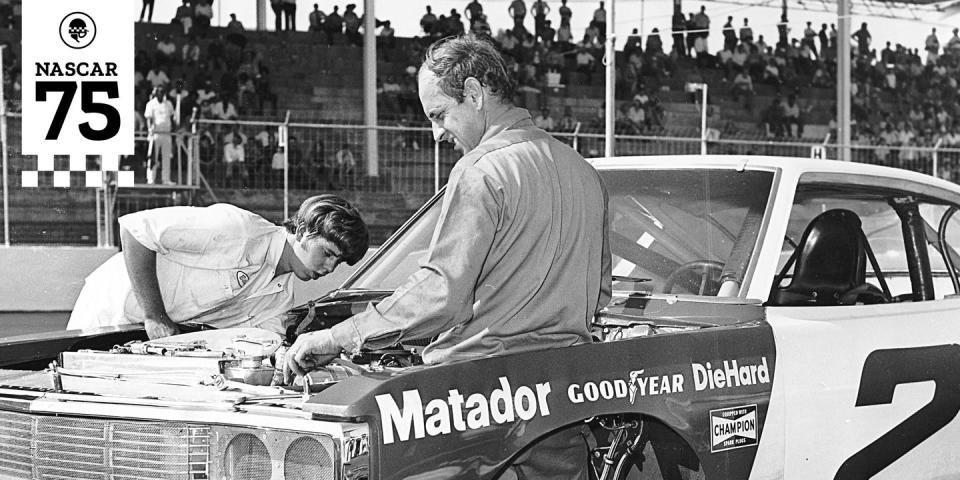
In 1973 Raymond Williams hosted the “Independent 250, the first, last and only outlaw NASCAR race.
It was open only to the drivers dubbed independents who had earned NASCAR points and who owned the cars they drove.
The goal was to demonstrate that NASCAR’s purse structure was short-changing independent drivers, including Dave Marcis (pictured above, right), who often finished mid-pack due to limited budgets.
Raymond Williams saw racing on NASCAR ovals as a fast way to get rich, qualifying for the 1970 Daytona 500 in a rented car with no previous racing experience.
Soon, he dubbed himself Captain America with a paint scheme to match. But when he crossed swords with a bona fide American captain of industry in the form of NASCAR founder Bill France, Williams found himself on the outside looking in.
After getting disenchanted with purse money along with many of his fellow independent drivers, in 1973 Williams hosted the “Independent 250, the first, last and only outlaw NASCAR race. It was open only to the drivers dubbed independents who had earned NASCAR points and who owned the cars they drove.
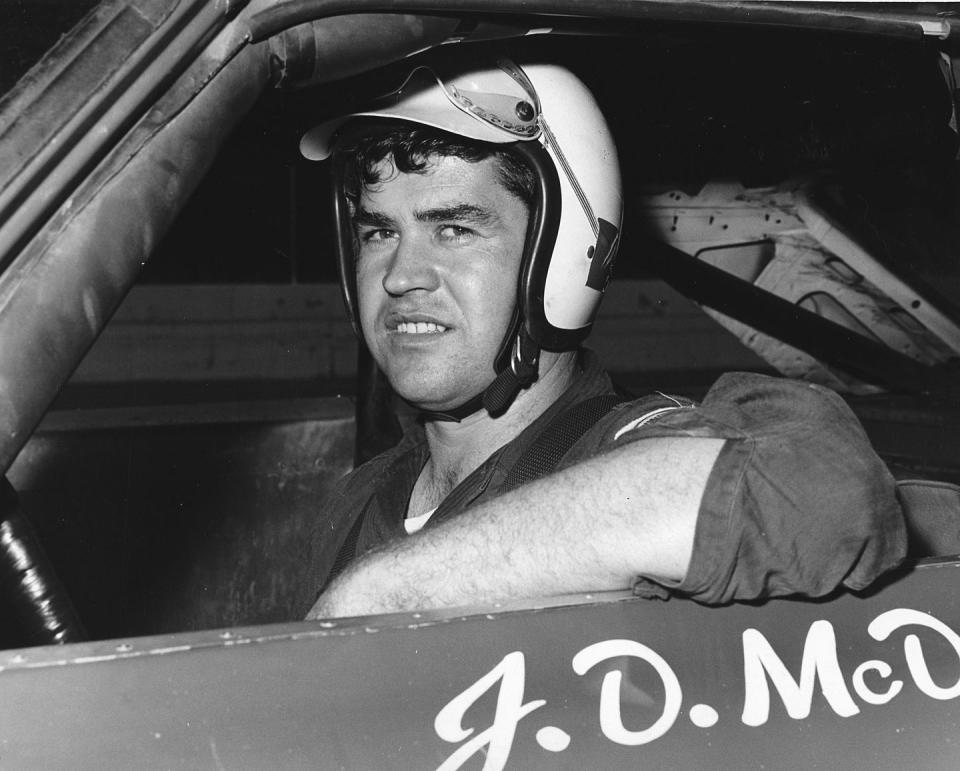
The entry at the 3/8ths-mile Trico Speedway (now Orange County) near Rougemont, N.C. looked like a who’s who of some of NASCAR’s most familiar drivers at the time: Dave Marcis (pictured at top), James Hylton, Bill Champion, J.D. McDuffie, Ed Negre, Elmo Langley, Walter Ballard, Richard Childress, Henley Gray, Bill Dennis and Cecil Gordon, among others.
The goal was to demonstrate that NASCAR’s purse structure was short-changing independent drivers, who often finished mid-pack due to limited budgets and a lack of major sponsorship or factory affiliation.
“I was crying for all those people,” said Williams of his motivation. “I can’t think of anybody in the world who works harder for more hours and makes less money than racers.”
Only Langley and Hylton had ever won a Grand National race among the more than 20 drivers who gathered at Williams’ tavern in Chapel Hill the night before the “Independent 250,” held on Nov. 24 following the end of the Winston Cup season. Sometimes known as “strumbos” who often paced themselves and their cars, the independents were ready to race.
“I feel like I’m committed to run flat out,” said Jabe Thomas, a veteran of eight Grand National seasons. “I believe everybody else feels the same way. And, if that’s the case, it will be the first time in years we’ve done that.”
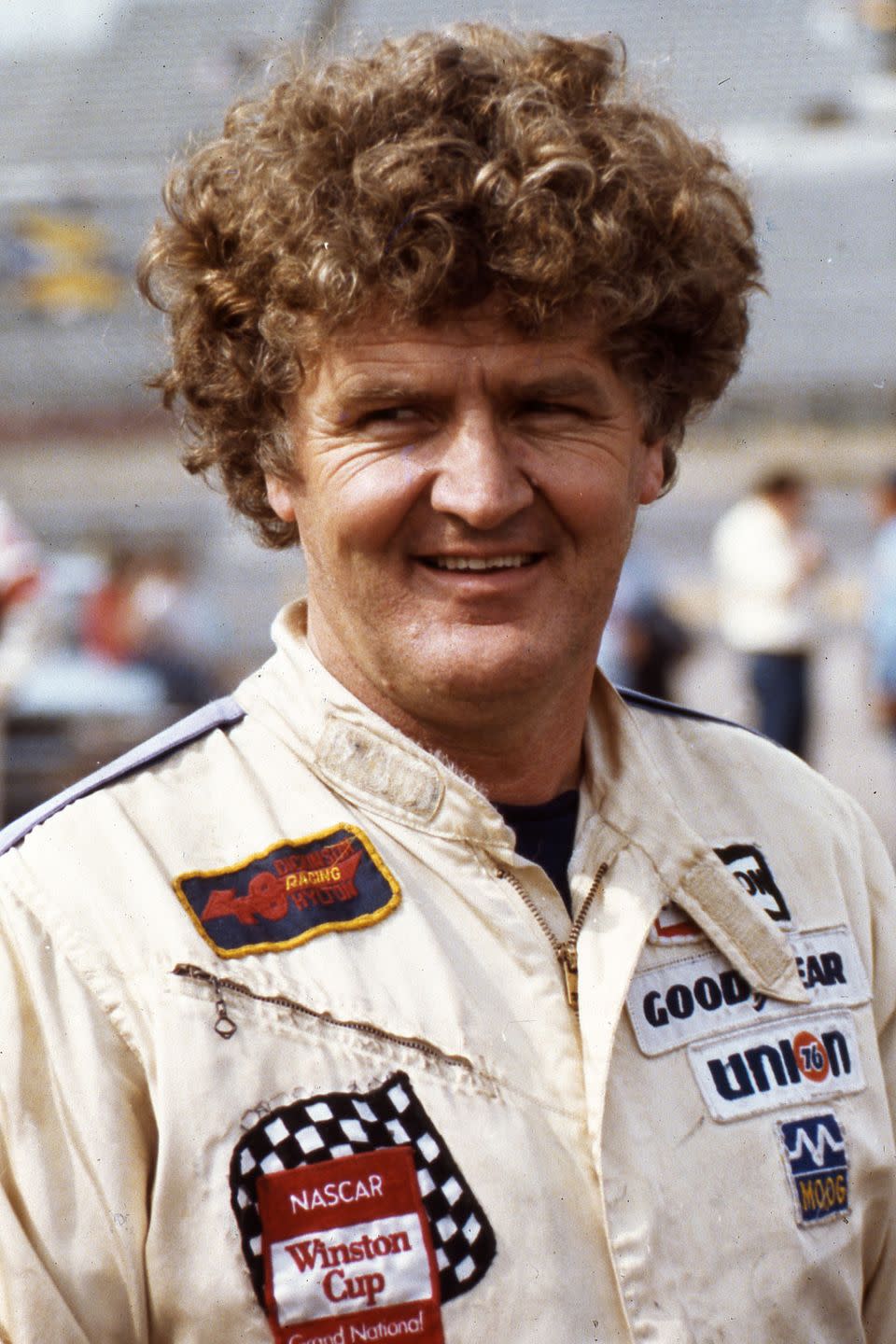
The swarm of veteran drivers on the tiny high-banked bowl indeed put on an outstanding race, according to Gerald Martin of the Raleigh News & Observer. “What the crowd saw was the old-timers, Langley and Champion, careening side-by-side, lap after lap, personal pride dictating that neither give an inch. There was Ed Negre, the lumberjack from Kelso, Washington, barreling off the fourth turn, with his foot in the carburetor, his Dodge smoking and everybody wondering when it would come unglued.”
The eventual winner was Cecil Gordon, although there was an unresolved scoring dispute according to Marcis. Unfortunately, due to gray, overcast skies, cool weather and Williams’ lack of experience as a promoter, much less the absence of name drivers like Richard Petty and Bobby Allison, Gordon won only $500 due to a relatively small crowd.
“The money doesn’t concern me,” said Gordon, clutching the winner’s trophy. “I won a race today.”
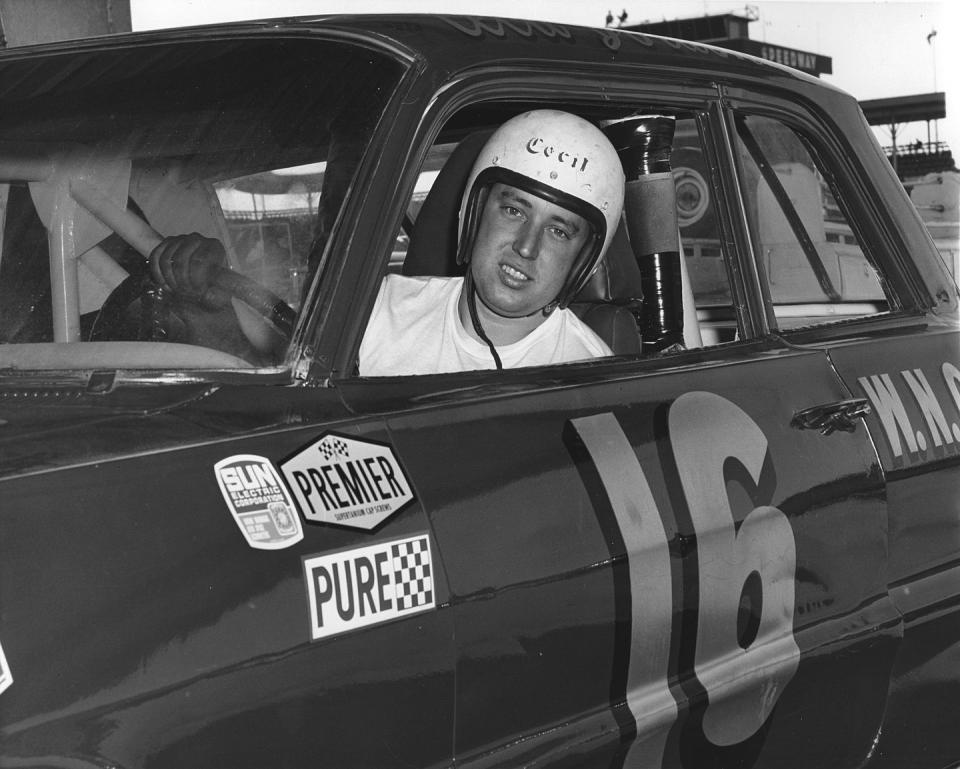
The following year, Williams leased the Trico track for an entire season, trying to get the hang of the promotion business. But rainouts and low turnouts of Late Model Sportsman entries resulted in losses. According to Fred Daniel, another local promoter, NASCAR slipped appearance money to Late Model drivers from North Carolina and southern Virginia to encourage them to race elsewhere.
Williams was locking the gates at Trico for his final time after yet another rainout when a lightning bolt hit the chain link fence. “That knocked the living shit out of me,” he said. Lying on his back in the mud, Williams decided to quit race promotion two months before the anniversary of the “Independent 250.” When Marcis heard the story, he laughed and said, “That was Bill France getting him right there.”
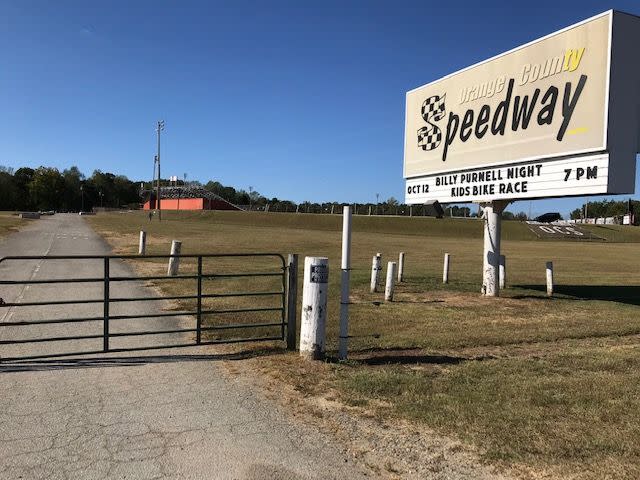

 Yahoo Autos
Yahoo Autos 